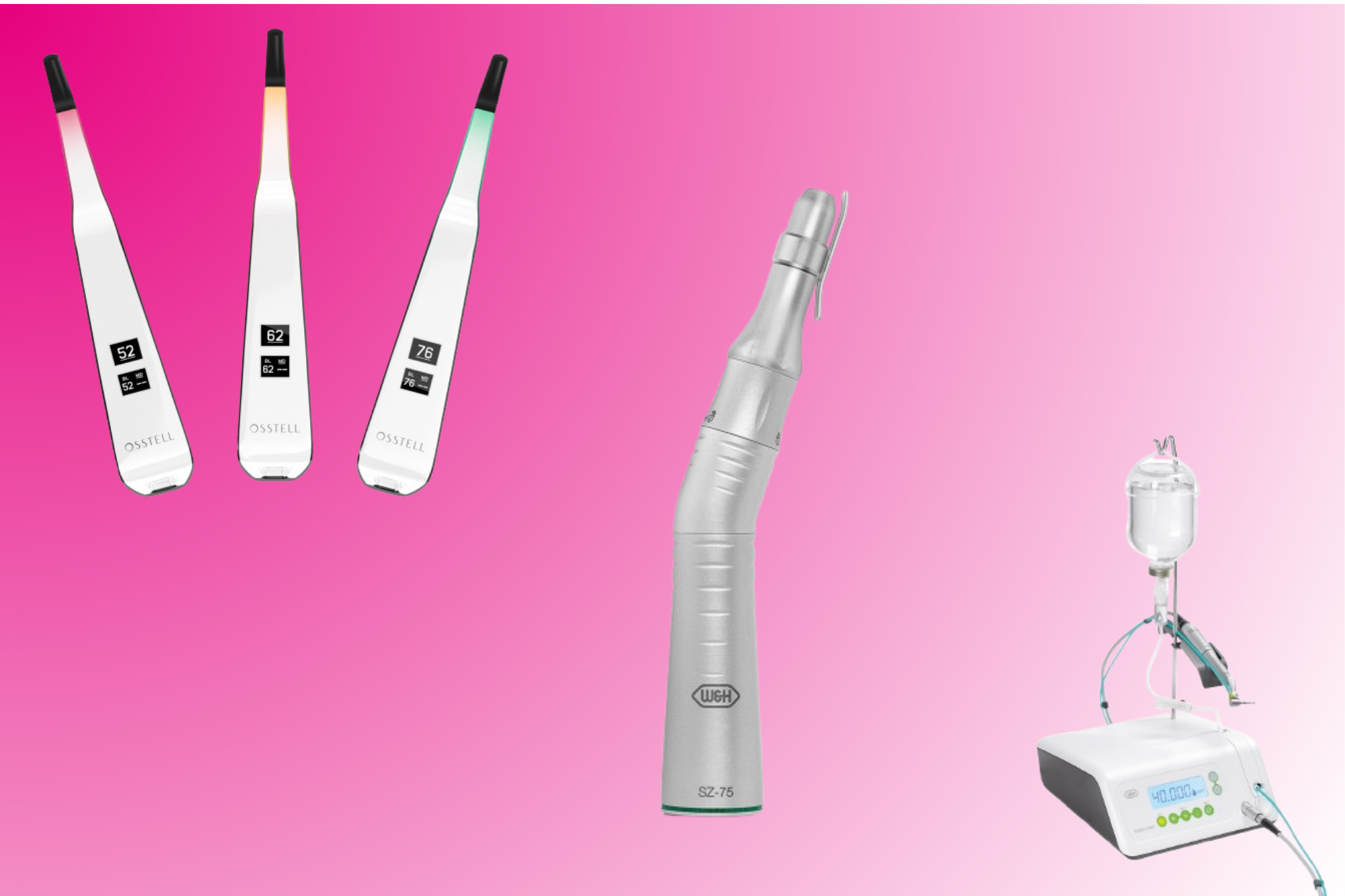Digital dentistry = the future of any practice looking at long term survival.
In the 18th century, the French surgeon Pierre Fauchard, also known as ‘the father of modern dentistry’ created some of the instruments commonplace in today’s dental surgeries. Improvised tools from watchmakers, jewellers and barbers. Fast forward to the 20th century and another French innovator changed the route of dentistry with the invention of the dental CAD / CAM (computer assisted design / computer assisted manufacture).
In any industry innovation is needed to ensure it not only meets the needs of today, but also those of tomorrow. Chris Bird,equipment sales manager at DD discusses the importance of practice and dentistry futureproofing.
It’s understood that around 15 per cent of practices in the UK use digital technology – a statistic that’s increasing every year and unsurprisingly, mostly within private practice, but not exclusively as some NHS practices adopt the technology to increase cost control.
NHS contracts are shrinking and dentists looking at their longer-term business plan are turning to digital dentistry to increase their private income.
And it’s easy to understand why. Research has highlighted a healthy return on investment with a digital cost of £21 for a restoration compared to £200 for conventional impression materials and laboratory work.
In a British Dental Journal survey 34 per cent of dentists believe CAD / CAM will help reduce their bills; 34 per cent also said the technology helped improve production and 68 per cent feel it improves quality.
What’s more, established dentists will soon face even more competition when newly trained dentists enter the market.
At facilities such as the King’s College London Dental Institute students are being heavily trained in digital techniques and equipment.
“We are training the dentists of the future and want to futureproof their education across the 40 years of their practising lifetime,” says Dr Rupert Austin of King’s College London.
Eventually, this new wave of dentists and dentistry will outnumber the old guard of traditionalists so it’s vital for survival that dentists get digital sooner rather than later.
The most popular pieces of digital technology equipment
- 3D dental scanners – this market is expected to grow 12 per cent year-on-year until 2024. Used to create digital models of teeth to make perfectly fitting prosthetics and dentures by CAD/CAM technology and 3D printing.
- CAD / CAM technology - enables dental restorations such as crowns, veneers, inlays and onlays to be fabricated using computerised milling technology.
- Digital X-rays - digital radiographs capture dental images through a sensor that processes the image onto a computer screen. Digital X-rays provide greater comfort than traditional X-rays and reduce radiation exposure (four digital radiographs equal one ‘film’ X-ray). Additionally, digital radiographs allow dentists to magnify images for greater diagnostic accuracy, ensuring more timely and appropriate treatments.
- Intra-Oral Camera - produce accurate images of teeth and the supporting structures, as well as any tooth defects.
- Dental Lasers - for hard tooth structure, soft gum tissue or both, dental lasers simplify procedures that once were complex and sometimes required patients to undergo painful healing periods. Causing less bleeding and trauma to surrounding areas, soft tissue lasers are a precision tool for many gingival procedures – such as recontouring and periodontal therapy.
- Optical Scanners - used in dentistry to provide a digital map of the teeth, as well as to create a digital impression of the tooth’s anatomy. Digital colour maps help ensure accurate colour analysis for determining the shade and custom characterisations of cosmetic restorations. Digital impressions offer patients the convenience of not having to suffer through traditional impressions involving unpleasant tasting materials, bulky and cumbersome trays and possible gagging.
Digital dentistry is a hot topic. It’s the future of the sector and therefore, the future of any practice looking at long term survival.
DDGROUP has a dedicated equipment department which supplies, installs and maintains everything from dental chairs and cabinetry through to the latest digital imaging systems and specialist product catalogues featuring orthodontic, oral hygiene and facial aesthetic product ranges.
It was founded almost 50 years ago and now employs over 600 people across the UK, including a state-of-the-art automated warehouse at the head office in Witham, Essex, which houses more than 27,000 product lines.



